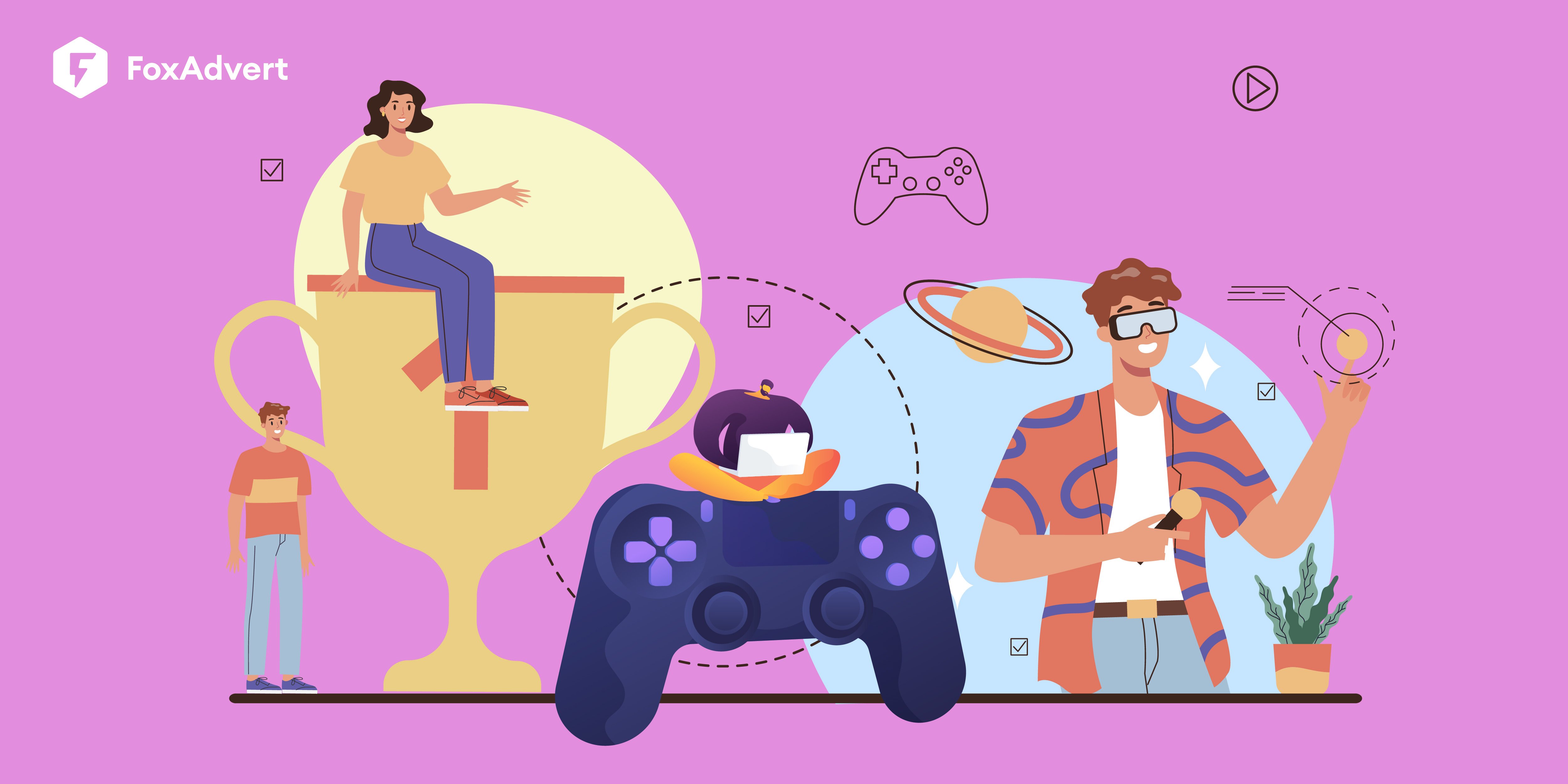
Can you think of a successful mobile game without any social features?
Chances are, you can’t.
Social features have transformed from a nice-to-have element into a core strategy for mobile game developers aiming to maximize player engagement. From casual puzzle games to competitive battle arenas, social connectivity now plays a pivotal role in driving retention, increasing monetization, and enhancing the overall player experience.
So, what makes social features so indispensable, and which ones should game developers prioritize in 2025? Let’s explore the impact of social integration and break down the most effective features shaping the future of mobile gaming.
Once reserved for mid-core games like shooters and strategy titles, social components have now infiltrated nearly every game genre. Features such as leaderboards, friend systems, and real-time multiplayer modes are no longer exceptions—they’re expectations.
According to FoxData, two-thirds of the top mobile games today incorporate at least one social feature. This shift has been driven by three key factors:
1. Changing Player Expectations: Gamers today seek not just entertainment but also social interaction. They want to compete, collaborate, and communicate.
2. The Rise of Community-Driven Engagement: Social features help build in-game communities, fostering long-term retention as players invest in relationships and rivalries.
3. Escalating User Acquisition Costs: As paid acquisition costs rise, organic growth fueled by social engagement and referrals has become an essential strategy for game developers.
Different players engage with social features in different ways. Understanding these personas can help developers tailor experiences that maximize engagement:
● The Social Butterfly: Actively seeks multiplayer interactions, guilds, and PvP battles. Prefers real-time chat, leaderboards, and cooperative missions.
● The Casual Connector: Enjoys light social interactions, such as sending and receiving gifts, friend leaderboards, and occasional co-op challenges.
● The Lone Explorer: Primarily plays solo but may engage in asynchronous social elements, like ghost races, shared achievements, or limited-time events.
By designing features that cater to these varied player types, developers can create a more inclusive and engaging gaming experience.
To make social integration successful, developers need to implement features that encourage interaction while aligning with their game’s mechanics and audience preferences. Here are the most effective ones:

Linking a game to social platforms like Facebook or Google enhances connectivity by enabling friend invitations, achievement sharing, and referral bonuses. Games often incentivize this with in-game rewards, leveraging players’ networks to fuel organic growth.
Additionally, seamless social login options reduce friction in onboarding, ensuring players can easily connect with friends and communities.
Keeping players within the game for communication enhances engagement. Text and voice chat are crucial for strategy-based games, while casual games benefit from emoji-based messaging and quick response templates. Advanced implementations also include AI moderation to ensure a safe and positive environment for players.
Leaderboards create a sense of competition and progression, motivating players to return and improve their standing. Whether global, regional, or friend-based, this feature adds an element of prestige and achievement.

Dynamic leaderboards that refresh periodically keep competition fresh and prevent player stagnation.
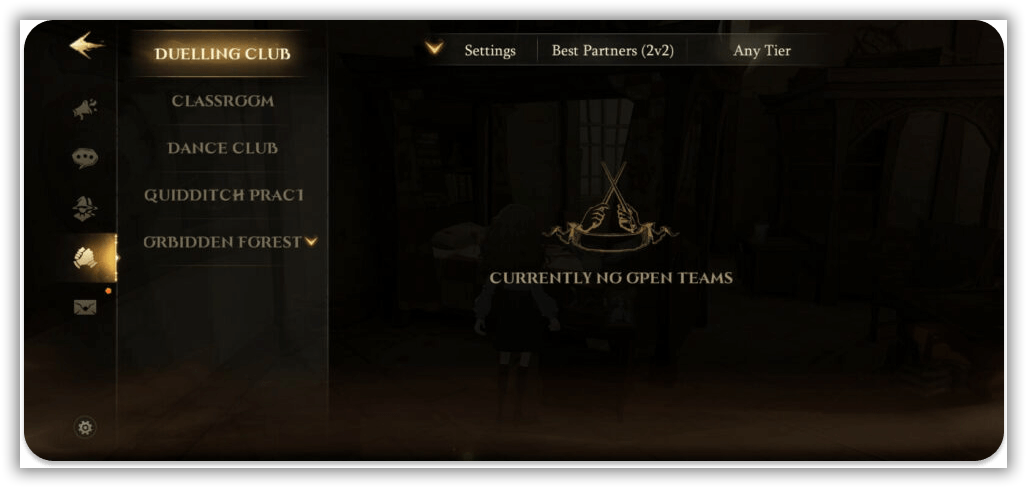
Social interaction thrives in competitive and cooperative play. PvP battles drive monetization by encouraging players to invest in power-ups, while co-op missions foster teamwork and long-term engagement. Hybrid modes—where players can switch between cooperative and competitive gameplay—offer even more dynamic social experiences.
Games that allow players to connect with friends see higher retention rates. Popular friend-based features include:
● Activity Feeds: Showcasing in-game progress and achievements.
● Gifting & Trading: Encouraging reciprocal engagement.
● Friend Challenges: Enabling one-on-one competitive play.
● Spectator Mode: Allowing players to watch friends’ games in real time, boosting social interaction and strategy learning.
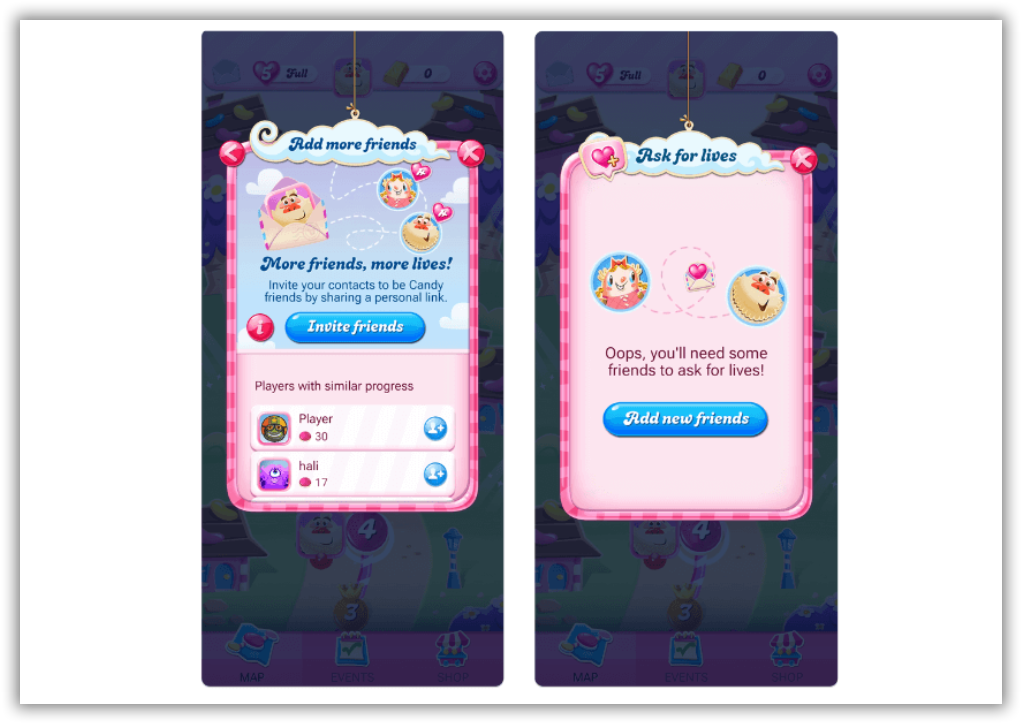
Team-based social structures have become a staple across mobile game genres. Whether labeled as guilds, clans, or squads, these communities offer shared missions, exclusive events, and specialized leaderboards, fostering deep player investment.
Advanced guild systems may include tiered rewards, in-game chat rooms, and collaborative quests to strengthen player bonds.
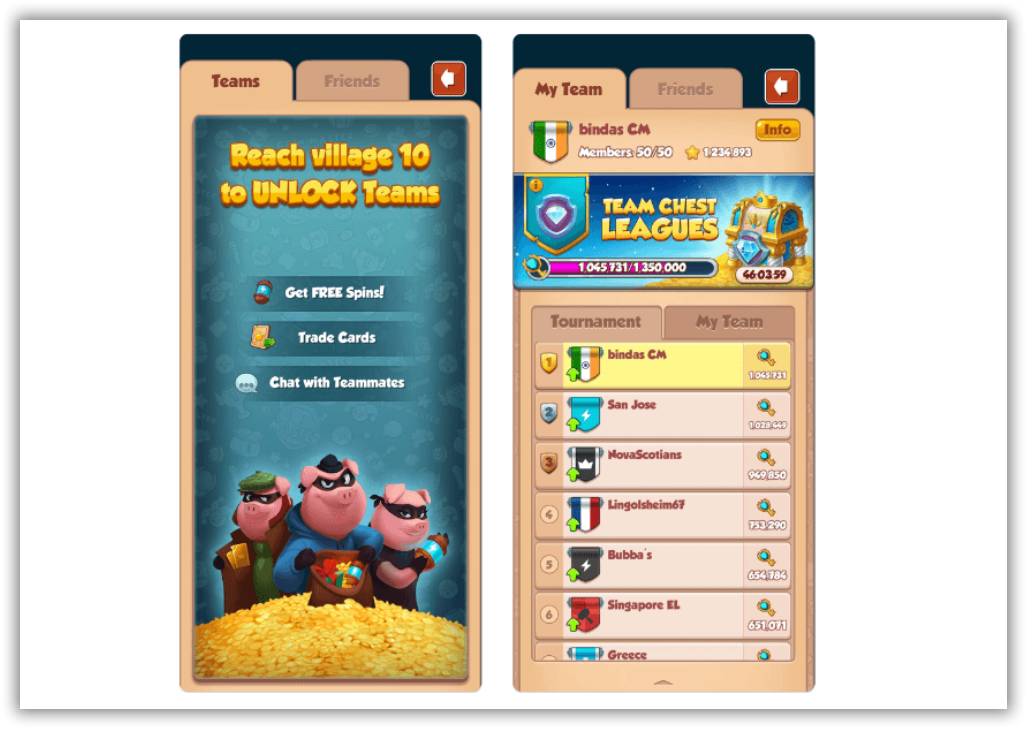
Time-sensitive multiplayer events boost engagement by creating a sense of urgency. Features like team-based competitions, cooperative boss fights, or friend-assisted missions generate excitement and encourage daily logins. Rotating seasonal or holiday-themed events keep content fresh and encourage players to return regularly.
Some games introduce unique in-game currencies that can only be earned through social interactions. For instance, social currency may be rewarded for assisting guild members, participating in PvP battles, or engaging in community challenges. Games that incorporate daily social tasks or login bonuses encourage consistent engagement.
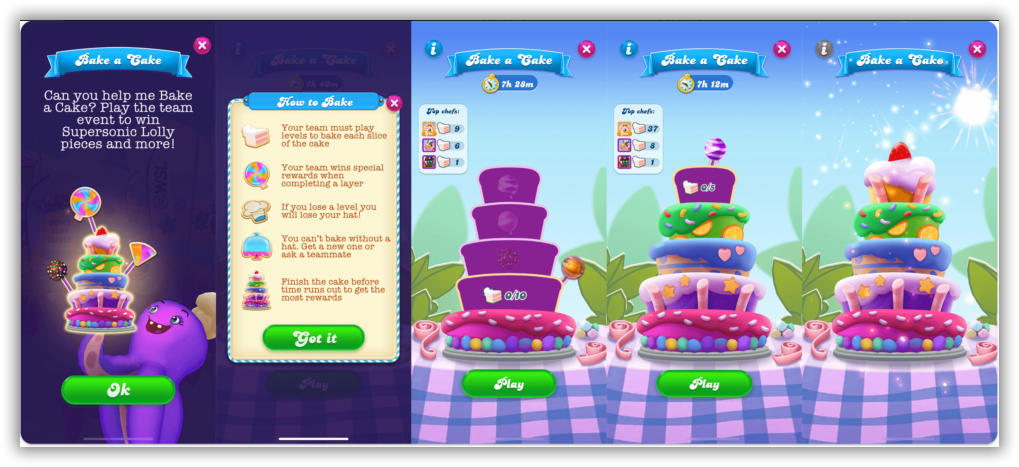
Well-timed notifications reminding players about friend invitations, in-game messages, or leaderboard rankings can drive re-engagement. However, moderation is key—excessive notifications risk causing player fatigue and churn. Personalized notifications based on a player’s in-game behavior can significantly improve retention rates.
Encouraging players to create and share content—such as game clips, customized avatars, or level designs—can deepen engagement. Some games integrate direct-to-social media sharing tools, allowing players to showcase their achievements or creative content, thereby driving organic exposure and attracting new players.
Social features in mobile games are no longer just an enhancement—they’re a necessity. As competition intensifies, the ability to foster player communities, drive organic engagement, and enhance retention will set successful games apart.
For developers, the key is to implement the right mix of social mechanics tailored to their audience. Whether through cooperative play, competitive leaderboards, or community-driven events, leveraging social connections can turn a game from a fleeting download into a lasting habit.
Looking to optimize your game’s engagement strategy? FoxAdvert specializes in mobile game marketing, helping developers integrate effective social features that drive results. Reach out to us today and take your game’s growth to the next level!